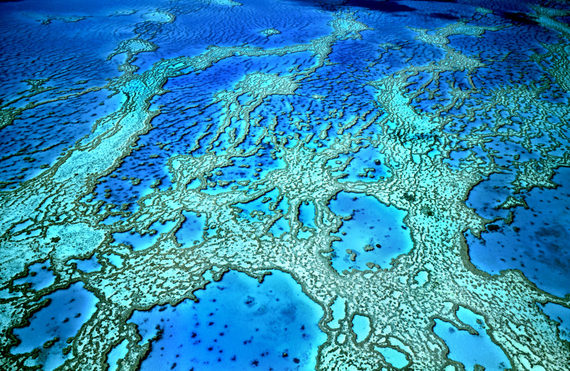Coral reefs are spread around the world and account for thousands of miles of underwater terrain. The Great Barrier Reef, the World’s largest reef system, covers over 133,000 square miles.

If transposed on North America’s West Coast, the Great Barrier Reef would stretch from Baja California to British Columbia. Yet, scientists have been unable to capture and study coral reefs as a whole. Coral reefs are still measured and studied the old fashioned way, with scuba divers or underwater machines going inch by inch.
Technology has seemingly not caught up, until now. NASA has announced a new experiment which aims to change the way coral reefs are studied. CORAL, Coral Reef Airborne Laboratory, is a three year long program created by NASA’s Jet Propulsion Lab, which aims to study the Pacific Ocean’s coral reefs from above by using a spectrometer. The Portable Remote Imaging Spectrometer, or PRISM, is installed in a gulfstream plane, which will start surveillance over Hawaii. By looking at a spectrum of colors from above, the PRISM is able to ascertain the depths of the coral reefs from above. CORAL will perform surveillance on four areas of coral reefs, Hawaii, the Mariana Islands, Palau, and the Great Barrier Reef, to map out these reefs for future study to help our suffering reefs.
MORE

0 Comments